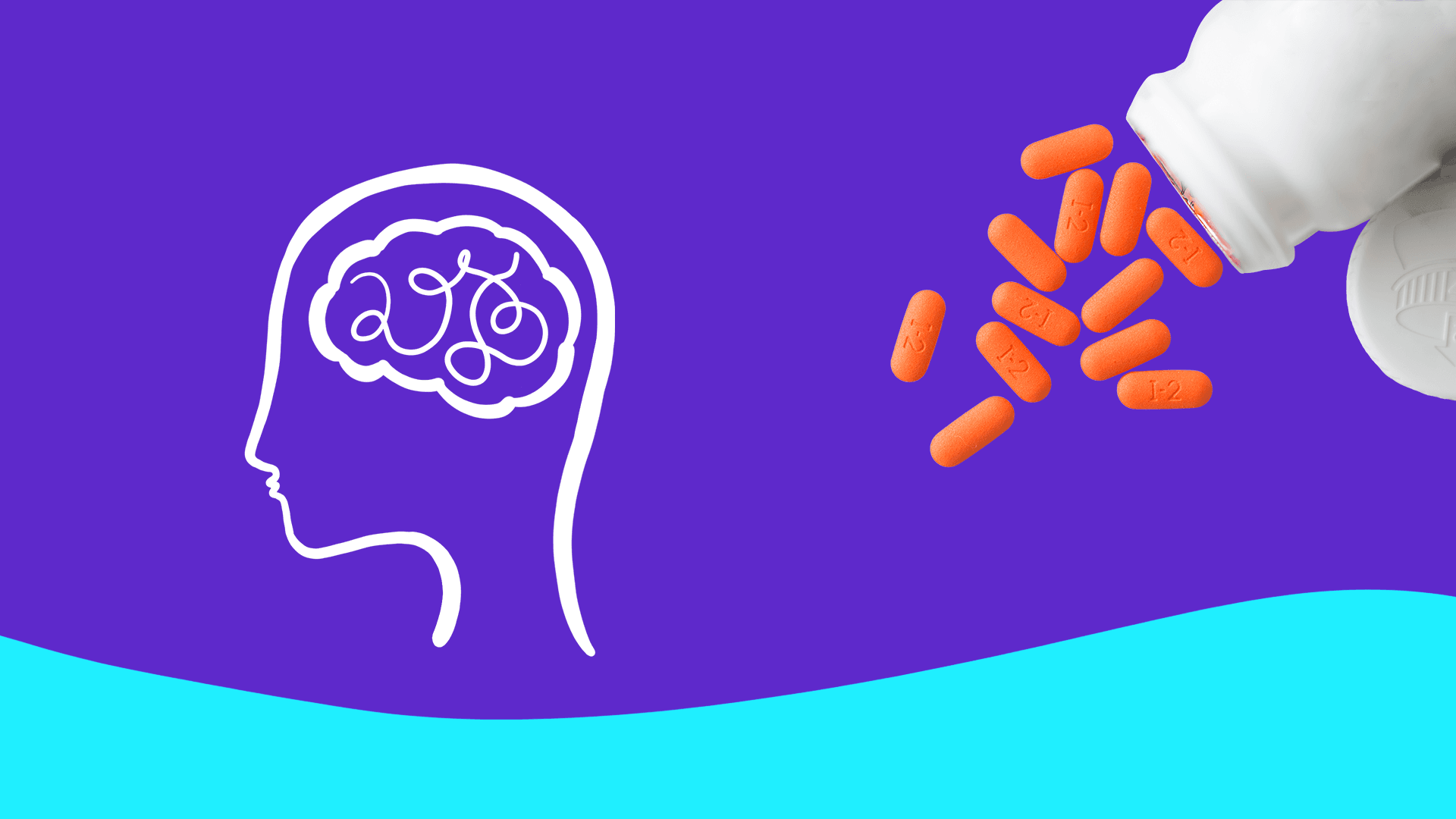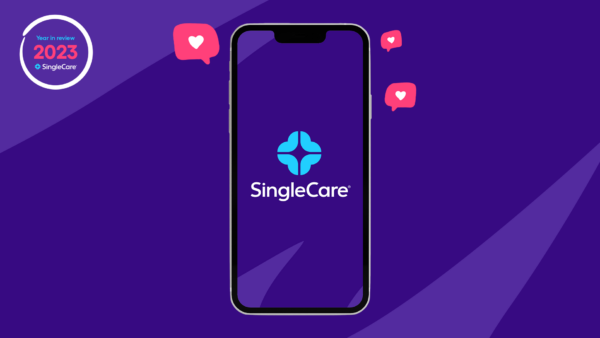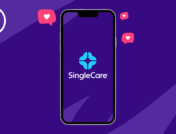When you hear the word migraine, you might think: headache. That is, if you’re fortunate enough never to have experienced one. If you’re one of the 39 million Americans who have this neurological disease, you know it’s more than just a little head or neck pain. It’s a health condition that requires a specialized prevention and treatment plan. This is my journey from living with migraine to getting used to living with chronic migraine.
My migraine diagnosis
In 2010, I was diagnosed with episodic migraine—the term for people who have zero to 14 headache days a month. After the death of my father in 2014, my migraines became chronic. I had a migraine every day for four consecutive months.
My neurologist sent me to the Cleveland Clinic’s Interdisciplinary Method for the Assessment and Treatment of Chronic Headache (IMATCH) program. It was a three-week outpatient treatment plan. It helped me detox from medications I had overused and taught me lifestyle changes to prevent my migraines—and their triggers—along with effective treatments for when they did occur. On day number four of the program, I woke up without a migraine for the first time in almost five months.
RELATED: Medication overuse headaches, explained
Learning how to manage migraine triggers
Migraine health starts with figuring out your personal triggers and how to manage them. For me, these things could set off a migraine attack:
- Skipped meals
- Caffeine withdrawal
- Alcohol
- Changes in weather, such as humidity, temperature, and air pressure
- Changes in sleep schedule—either sleeping too much or too little
- Extended glare from a computer screen
- Anxiety and/or stress
The biggest three for me are going too long without eating, a drop in barometric pressure (not much I can do about that), and stress. If I miss a meal, I’ll feel a migraine coming on before I get hungry, so I make sure to eat regularly. I have a stressful job as a psychotherapist, but I ensure I make time to pursue what’s important to me to help alleviate that.
Treating migraine
After I returned from The Cleveland Clinic, I sought out a dedicated headache specialist. She and I began to develop the treatment plan that helps me function today. I’ve established a strong professional relationship with her in the seven years we’ve been working together, which has improved the outcome of my migraine treatment.
Medications
Medications for migraines fall into two categories: preventive and abortive.
- Preventives are typically taken daily and work to avert migraines before they begin.
- Abortive medications are ideally taken up to 15 minutes after a migraine has started and they are meant to interrupt an attack in progress.
My treatment regimen involves both types of medications, and also nerve blocks.
One category of preventive medications is antiepileptic drugs, medications originally aimed at treating seizures. It’s not fully understood how the one I take—Topamax (topiramate)—works for migraines. It’s thought that it calms overactive nerve cells in the brain that cause migraines. Other classes of preventive medications for migraine include antihypertensives, such as beta blockers, and antidepressants, such as venlafaxine and tricyclic antidepressants. Abortive migraine medication classes include nonsteroidal anti-inflammatory drugs (NSAIDs), analgesics, and triptans.
In the last few years, the FDA approved a new class of medications for migraines called calcitonin gene-related peptide (CGRP) antagonists (such as Aimovig), with some members that can be used as preventive agents and others as abortive therapy for migraines. Where older medications were developed to treat other conditions, like epilepsy, and found to be effective for migraine, these medications were designed to target what causes migraine. Because of that, they tend to have fewer side effects than older treatments. But, they’re more expensive—and sometimes not covered by prescription benefits. “A few of my patients are prescribed the newer migraine medications, but the insurance companies will not cover them,” says Jill McArdle-Siegmund, RPh B.S., supervising pharmacist in Lake Hopatcong, New Jersey.
For me, CGRP antagonists improved my quality of life remarkably. The frequency and severity of my migraines decreased. I no longer missed entire days of work, no longer cancelled plans at the last minute with friends and family, and the number of visits to the emergency room plummeted from several per year to none. I use Emgality (an at home auto-injector pen), a preventive agent for episodic and chronic migraine and Nurtec (a pill form), which can be prescribed as both as a preventive and an abortive medication for episodic migraine.
RELATED: Your guide to the newest migraine medications
Nerve blocks
Based on the severity and frequency of my migraines, my headache specialist recommended trigger point and nerve block injections—an in-office procedure every two weeks. After I get these injections—between 15 and 20 of them in my face, the back of my head, my shoulders and upper back, my head feels as if it’s been numbed with Novocaine, like at the dentist’s office. “These injections work like turning off a ‘glitching computer,’” says Jelena Pavlovic, MD, Ph.D., associate physician and assistant professor of neurology at the Albert Einstein College of Medicine and Montefiore Medical Center. “The cycle of pain is broken by inducing numbness, the brain gets a break from processing the constant painful input, and that breaks the cycle of the migraine.”
Living with chronic migraine: Life gets better
Migraine is the third most prevalent illness and the sixth most disabling illness in the world. Finding a dedicated headache center and a neurologist who is trained to treat migraines gave me my life back. If you’re struggling with this condition, don’t give up. It can take time to find the treatment combination that works for you, but it’s possible. If your healthcare provider is hitting a dead end, consult this list of headache centers. With perseverance, lifestyle changes, and proper medication, you can live well with chronic migraines, too.











